Yes, we produce and sell River Sand at multiple locations throughout Metro Atlanta and Georgia. That’s not all we sell though. We have a complete line of other types of sand, topsoil, dirt, gravel, and mulch.
Yes, we produce and sell River Sand at multiple locations throughout Metro Atlanta and Georgia. That’s not all we sell though. We have a complete line of other types of sand, topsoil, dirt, gravel, and mulch.
Most of our River Sand has parent material (the rock from where it eroded/broke away from) of quartz. So, it is primarily a silica sand (SiO2), or quartz sand. The different hues of brown, red, and yellow comes from iron oxides on the surface of the particle.
River Sand can be used for constructing beaches. However, it typically contains coarser particles than the soft sand you think of on the beach which is good when waves may erode the beach. We have many other products that look and feel more like the sand you think about as beach sand, similar to that on the shores of Florida. Real beach sand is a very fine silica, or quartz, sand. Beach sand can be from any source such as nearby volcanic rock, shells, or limestone.
River Sand is used in concrete, horse arenas, golf courses, french drains, topdressing, sport field construction, and as a soil amendment. River Sand is a great soil amendment for gardening and landscaping as it helps relieve clay soils from becoming compacted, and improves water and air infiltration. It can be mixed in with the soil or used alone like in a sand-based sport field or french drain. Topdressing a lawn or grass is actually a process in which River Sand levels and amends the turf. Horse arenas use River Sand as a well-draining footing as it provides the horse with cushion and traction at the same time. Pre-cast, ready mix, and other concrete projects can use River Sand for an aggregate and it helps concrete pump and finish better.
River Sand is a natural sand that is made from weathering or erosion processes, unlike other sands that are made from crushing rock. River Sand can vary in gradation but is typically coarse sand. It can be used in all types of landscaping and construction projects including concrete sand, drainage areas, arena footing and soil amendments. It is made from the same material of the local rock it eroded from, so usually it is mainly silica sand from quartz. Our River Sand is sub-angular in shape, but other sources can be rounded.
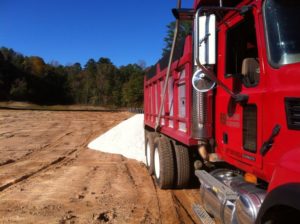
Bring vacation home and make your back yard or lake front property look and feel like a tropical paradise with beach sand. There are many properties to consider when selecting sand for your beach including color, gradation, cleanliness, and pricing. We actually offer several options of gradation and color, but regardless, all of our sands are washed to reduce unwanted contaminants.
As for gradation, a beach with a finer grain type of sand will feel more like the traditional beaches of the Florida Panhandle or the Caribbean, with a soft touch. However, the smaller the size particle of sand the more likely it is to erode, so if you have a lot of wave action from nearby boaters you might consider a medium to coarse grade of sand to minimize erosion. River Sand, Inc.’s beach sand can meet your color preference too, from bright white to an eggshell white (for those eyes that might be a little light sensitive or for those folks who want a more natural look).
Before you order a load of beach sand you may also consider a few other factors. First, consider the topography of the area where you want to place the sand and make certain that storm water runoff is directed away from the beach to reduce the potential of your sand washing away.

If you have questions about building your dream beach or just a place for the kids to play, please call River Sand for more information.
Remember that River Sand, Inc. can meet your beach sand needs, and our trucks can deliver any amount to any place in North Georgia and Metro Atlanta. We have even helped build an underwater beach basketball court so let us know what you want to do!
River Sand consulted and supplied sand for an underwater basketball court for a kid’s camp. The creative idea was dreamed up as a way to improve the experience for campers. The lake level was lowered and graded initially. A geotextile fabric was then staked down to separate the lake bottom from the sand. Finally, an excavator placed the beach sand to grade to create the underwater court. The result is a little slower paced basketball game, but really fun!
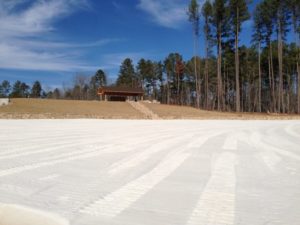
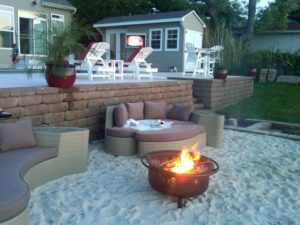
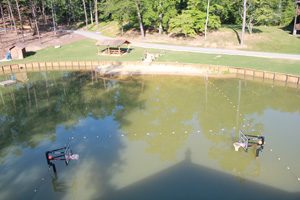
How to topdress your own lawn…in 8 easy steps (ok it does require some physical activity)
So you have heard the benefits of topdressing your turfgrass already, and in your boredom at work you are researching the plan to topdress your lawn this weekend. Obviously you could pay a professional but you would rather save some money and get a little exercise while making your lawn look great. Here is the basics to topdress your lawn yourself:
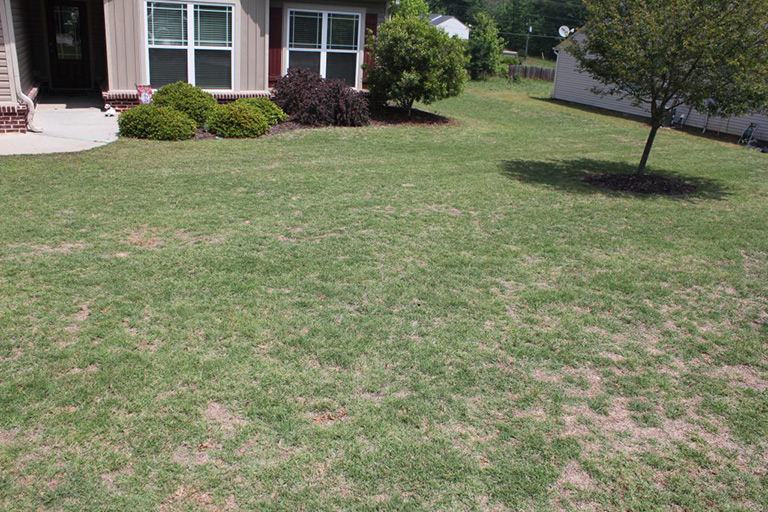
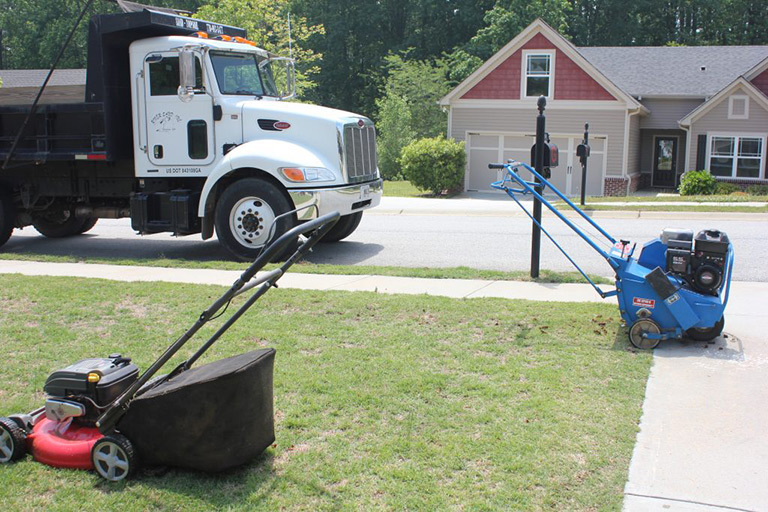
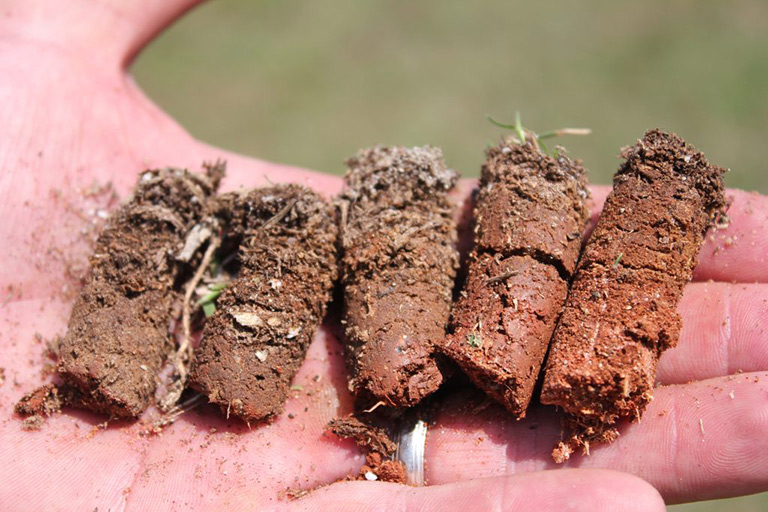
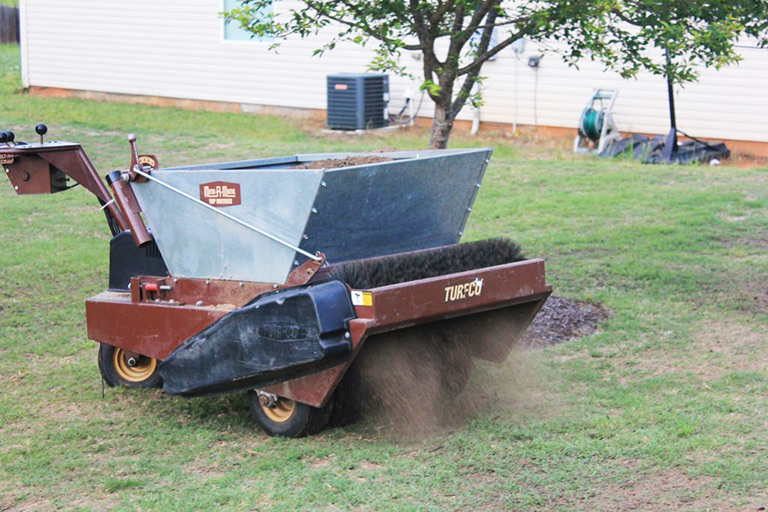
Now you know that your neighbors will be jealous once your lawn looks awesome, so this is your warning that you better be ready to tell them who to call or you may be doing it again next door. Seriously, just get them to split the cost of the load of sand delivered with you so you can have help and save money to start with. This is work but have a good time and enjoy your time outside!
If you live here in Georgia and tried to grow any type of plant, then you know about our notorious Georgia red clay (dun-dun-duhhhh).
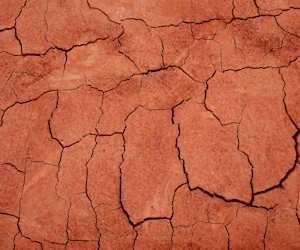
It is beautiful but too often the contractor grades out your home and at the same time strips the topsoil, leaving only the poor sub soil behind. Don’t worry, it was left totally compacted too by the time the house was completed. Last but not least your poor sod gets thrown on top of the nutrient and organic matter deficient, compacted dirt. Good luck trying to keep your lawn healthy. It will take more water, nutrients, herbicides, pesticides, and more to keep it looking up to par.
If by chance you actually do have good soil beneath your turf, keep reading because topdressing will maintain the healthy lifestyle of your turf. After all, good soil conditions are like similar to living a balanced lifestyle ourselves. When you have the proper nutrition, water, and exercise then you will look and feel better and have less weeds in your life. It’s more work to get poor soil back into shape than to start with it from the beginning but topdressing can help in either situation.
Just like other plants your lawn turfgrass needs light, air, and water. A deep healthy rootzone helps the plant thrive even through stressful conditions, such as a drought or extreme temperatures.
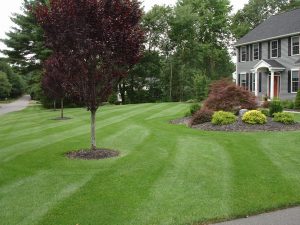
Unfortunately, compacted soils with a high clay content (the typical stuff around here) make it difficult for roots to penetrate deep into the soil (which lacks nutrients and water anyway). You can take a sample by cutting out a small patch with a shovel or knife. If you notice the roots are less than a few inches we need to to help them out. The compacted clay also prevents air and water from infiltrating into the soil so only the top portion of the soil gets any moisture before the excess water just runs off the lawn.
The second issue that plagues turfgrass, especially healthy lawns, is thatch build up. Thatch is basically decomposing organic matter developed by old stolons and rhizomes from turf growth. It’s important to note that grass clippings do not contribute to thatch, so don’t worry about that. Thatch collects between the leaves (green part) and the roots, so you really don’t see it without digging down to look at a sample of turf. Too much thatch actually prevents water and air from getting through and down to the roots.
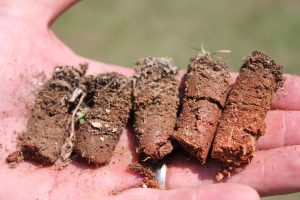
Soooo, two things prevent water (along with nutrients) and air getting deep into the soil where it can last for days to continue to last between rainfall (or irrigation events). Those two things are compacted clay soils and thatch. The solution is to core aerate and topdress.
Core aeration pulls plugs of dirt and thatch out of the profile and leaves them up on top. Topdressing with sand [why use sand? read this] provides an amendment that reduces compaction and allows water and air to go deep into the soil. Dragging the plugs back into the turf while you drag the sand is fine. The additional air getting to the rootzone will help the excess thatch decompose properly as well. Dethatching is another process that may be required if thatch is too excessive.
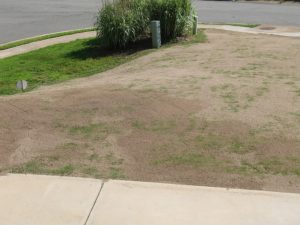
As you may already know, you should only cut your grass no more than a third of its height at a time. Often you break this rule when your lawn is not level and has humps or holes. When the mower goes over these rough areas it scalps (cuts the grass too low) the grass and leaves only the tan/brown stems with no green leaves. It looks terrible and is not good for the turf health either. Topdressing in these areas smooths it up so that you are left with an even cut every time and sweet green grass. You know the kind you look out the window and say wow look at my lawn!
If you are ready to get started or have questions please feel free to contact River Sand, Inc. for help.
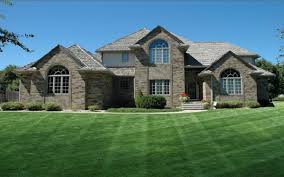
The purpose of divot sand seems obvious. It’s a certain type of sand that’s used to repair those chunks of grass/green that are removed by the swing of a golf club. This is an ever present fact of golf course maintenance; often enough to call for a special type of sand used to repair it. But divot sand isn’t just regular sand, it’s a specifically formulated sand to improve future repair of divots.
Typically, divot sand is mixed with grass seed and sometimes dyed green or left natural sand color. The reason golf courses use sand is because the divot can be repaired quickly and smoothed in a way to facilitate consistent ball speed. It’s dyed green primarily for aesthetic reasons. No one wants to play golf on a course that looks like one big bunker. Regardless of color, divot sand creates a uniform look that evens out the course and maintains its proper greenness and playability.
Obviously just sand by itself cannot hold a course together forever and eventually the grass will need to grow back. The seed mixed in with the divot sand allows for a faster regrowth of the grass that has been chucked out of the ground. The sand acts as a medium that retains the proper amount of nutrients and water to foster growth.
Divot sand that combines both the proper sand and grass seed is ideal to repair divots created on a golf course. They need to be dealt with promptly and using the correct materials is essential to ensure proper course maintenance. The happiness of your golfers matters most, followed by the course’s bottom line. Both of these can be satisfied by using the proper materials to effectively preserve a great looking and great playing golf course.At River Sand Inc we carry a variety of USGA approved topdressing, divot and bunker sand to help properly maintain your golf course.
For many areas around the country, this winter has been above average in temperature and precipitation, especially in the southeast. If you own or operate equestrian grounds it’s likely this is making for some difficult spring maintenance. Before you start your maintenance process, consider these spring tips to ensure your equestrian sand or footing and base are in ideal condition for use.
One of the most common problems with warm, moist winters is that the precipitation can increase deterioration of your base as it becomes saturated. Also, as footing is moved by water flow it exposes the base to more disturbances. Considering the warmer winter temperatures it’s likely the area has also been used more throughout the season than usual leading to further stress on the base and wear on the footing. When starting your spring maintenance be sure to check the arena for shallow footing areas that may have resulted from water erosion, consistent riding in an area, or dragging patterns.
Many of the spring problems associated with warm winter weather is repairable. Once you’ve addressed any issues related to increased use or precipitation, you can redistribute the existing footing. Use your arena drag to smooth, level and fill any ruts, cracks or abnormalities in the surface. Be careful to only lightly till compacted footing with your drag and not disturb the shallow or exposed base material. Throughout this process it’s important to control dust by lightly watering the sand.
Once you’ve evaluated the footing and base problems of your arena, redistributed eroded or moved footing and have a solid perspective of how your ground has held up over the warm, wet months, it’s important to replace any materials that have been lost. It’s not uncommon for footing to be washed away by storm water and wind. When this happens it’s important to replace the footing. Having the appropriate mix and footing depth will reduce injuries, increase cushion and make riding safer. In the case that the footing remains over-compacted even after light tilling, the entire area may need amended or replaced, but regular maintenance will prevent larger, more expensive issues from arising.
Warm, wet winters don’t have to wreak havoc on your equestrian facilities. If you’re experiencing issues, looking to replace footing or considering having a new arena built, River Sand Inc. can help. Contact us today to learn more about our arena sand, custom arena footing mixes and construction experience.